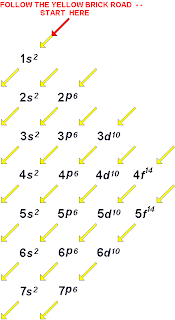Convert the following into
scientific notations/exponent form.
1.
0.001
2.
2,010
3.
22.50
4.
0.00022
5.
72.0
6.
233.0
7.
0.0251
8.
0.52
9.
98,000
10.
0.0025
Answers:
1.
1.0 x 10-3
2.
2.01 x 103
3.
2.25 x 101
4.
2.2 x 10-4
5.
7.2 x 101
6.
2.33 x 102
7.
2.51 x 10-2
8.
5.2 x 10-1
9.
9.8 x 104
10.
2.5 x 10-3

